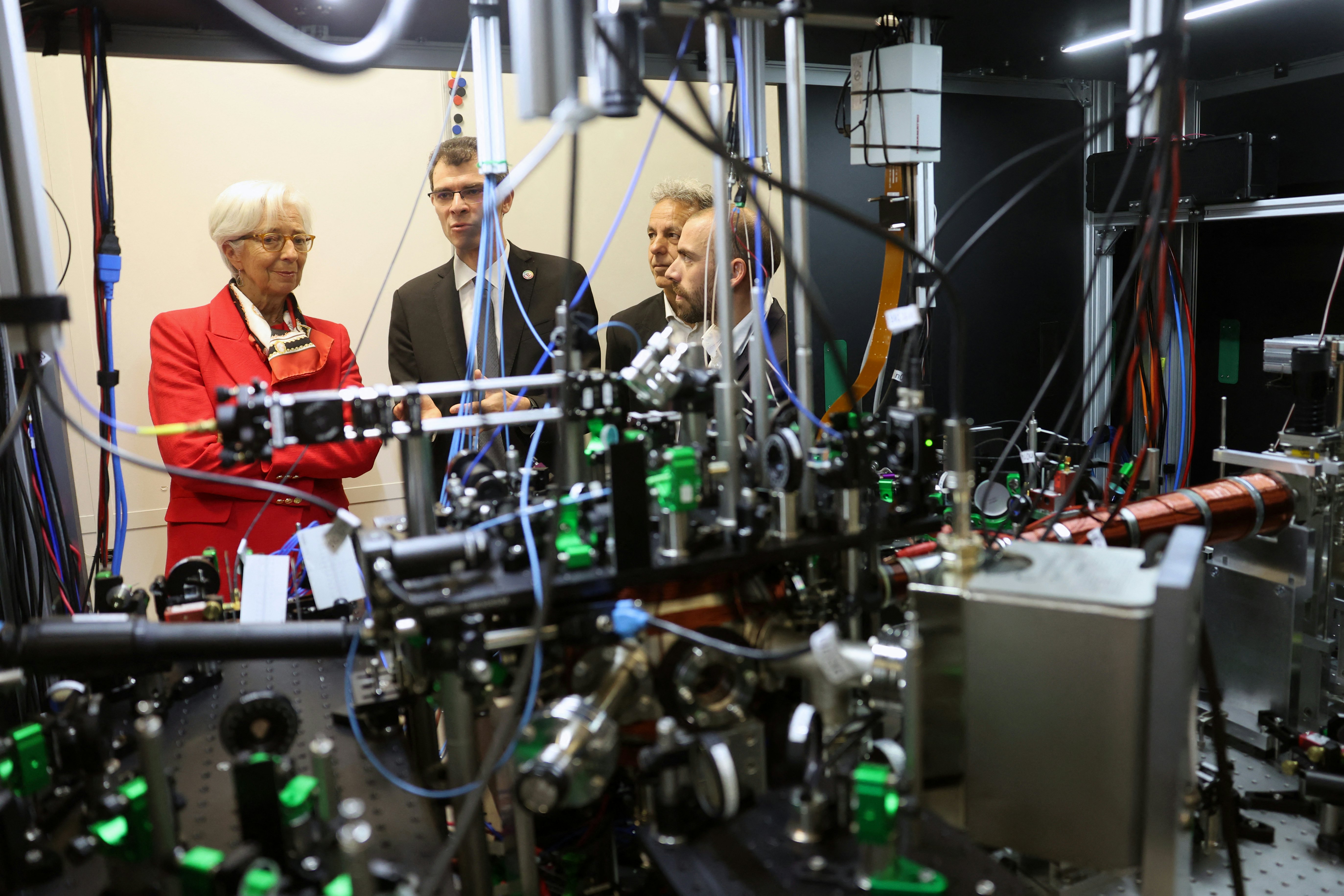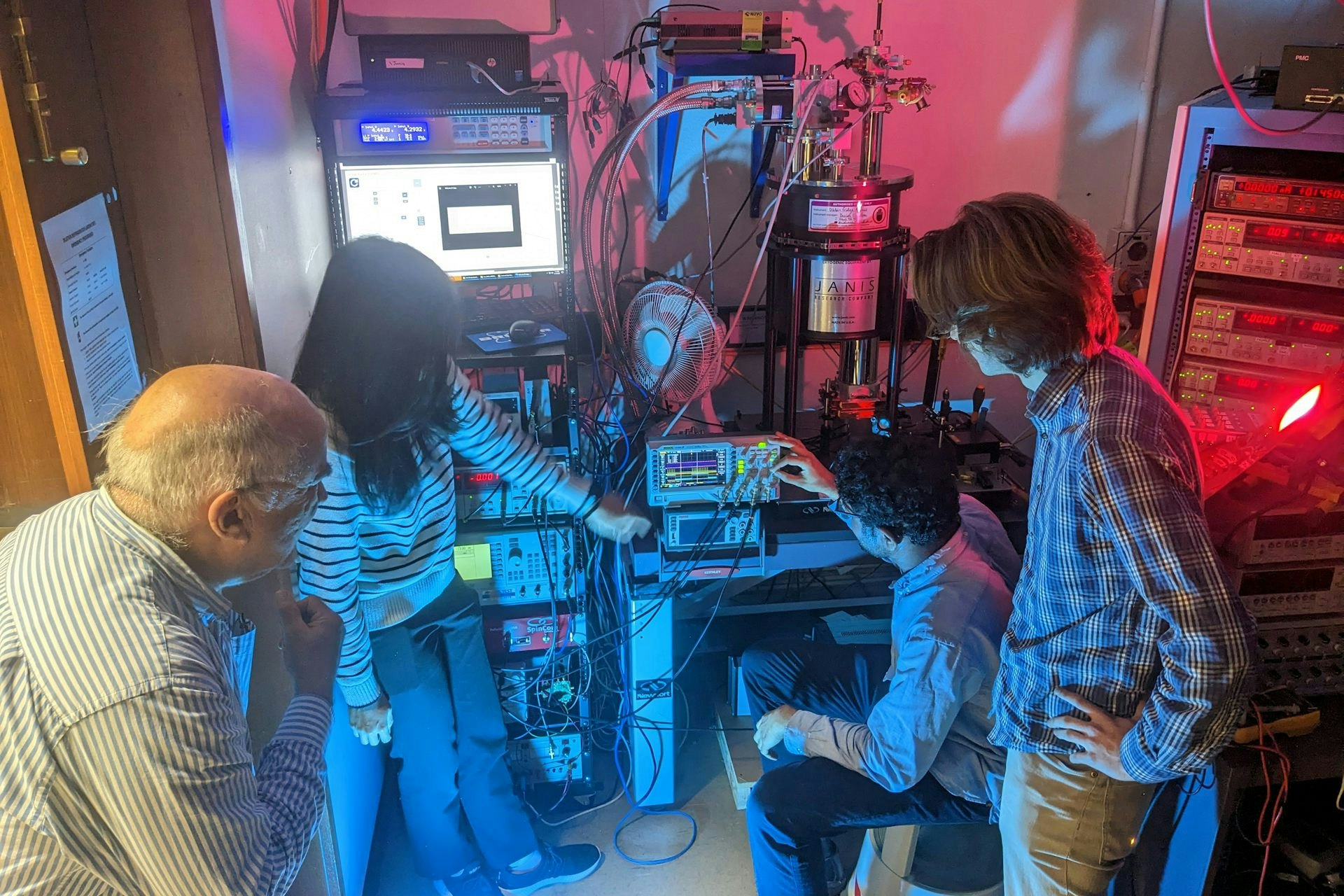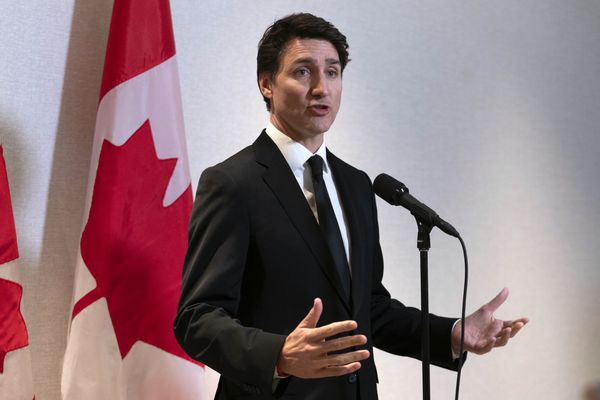
The United Nations has proclaimed 2025 as the International Year of Quantum Science and Technology. The goal is to recognize “the importance of quantum science and the need for wider awareness of its past and future impact.” But why quantum? Why now?
Quantum science is both complex and weird. It’s not easy to wrap your head around concepts such as entanglement, light existing as both a wave and a particle, or a cat in a box that is both alive and dead (until observed).
The weirdness of quantum mechanics is now being channeled into the construction of the first quantum computers, communication systems, and sensors. Further down the road, it could power the next generation of artificial intelligence (AI).
We are in the early stages of an expensive and resource-intensive quantum race among the world’s powers. The competition for quantum leadership is likely to play a major role in shaping Australia’s economic and national security policy for decades to come.
Follow the money
Big tech giants, major powers and top research universities are all in a race to build the first commercially viable quantum systems. While opinions differ on whether the quantum race is a marathon or a sprint, some big bets have already been placed.
By 2045, CSIRO estimates show the Australian quantum industry could bring in up to A$6 billion in annual revenue, and provide almost 20,000 jobs.
In 2023, Australia laid out its National Quantum Strategy to boost government support and make Australia “a leader of the global quantum industry.”
Over the past two years, the Victorian government has invested $37 million into quantum startups. In April, the Commonwealth and Queensland governments committed to a joint $1 billion investment to build the world’s first utility-scale quantum computer. The same month, the University of Sydney was awarded a federal grant of $18.4 million to establish a national hub for the quantum ecosystem in Australia.
But understanding the question of quantum is more than a matter of science and technology or dollars and cents. As with just about every powerful new technology, the question is not if but when the next quantum wave will be weaponized.

Quantum science in national security
Based on entangled quantum bits (“qubits”), quantum technology has the potential to exponentially increase computational power, transform communication networks, and optimize the flow of goods, resources, and money.
Commercial industries as diverse as telecommunications, pharmaceuticals, banking, and mining – of data as well as minerals – will all be transformed.
However, it is the national security implications of quantum technology that have most interested our government, and others around the world.
Quantum radar, code, internet, sensors and GPS are being fast-tracked by militaries and defense industries in all corners of the globe. Who gets there first (the quantum “haves”) could produce new asymmetries of power and dangers for the rest (the quantum “have-nots”).
Quantum communications systems can deliver completely secure, unhackable lines of communication. A prototype network is already connecting several major cities over nearly 5,000km in China. On the other hand, quantum computers pose the risk of eventually being able to hack classically encrypted messages in seconds – an eventuality known as “Q-Day.”
Quantum AI is being developed to improve the performance of lethal autonomous weapons. Do we really want swarms of drones operating in a networked battlespace without any humans in the loop?
Quantum sensors, already in use today, are able to make ultra-sensitive measurements of magnetic and gravitational fields. This means pinpointing metals and large objects underground as well as underwater.
New breakthroughs in quantum sensing technology would have serious implications for the resilience and reliability of Australia’s new fleet of nuclear submarines. It’s an important consideration for the single largest military investment in our nation’s history.
We must ask the hard questions now
Just about every new complex technology has generated unintended consequences – and unexpected disasters. Chornobyl, Three Mile Island, and Fukushima all bear witness to the risks inherent in an earlier wave of nuclear technologies resulting from breakthroughs in quantum science.
Given the potential speed and networked power of quantum machine learning and cloud computing, a glitch in quantum artificial intelligence could start as a local incident but quickly cascade into a global crisis.
The blockbuster film Oppenheimer showed how an earlier wave of quantum research enabled the atomic bomb and forever changed the international order.
The first use of nuclear weapons also spurred a deep and engaged global discussion about disarmament, led by more than a few of the scientists who had helped build the bomb. But their voices were drowned out by a politics of fear and the Cold War, resulting in a costly arms race and nuclear brinksmanship that continues to this day.
When asked about President Lyndon Johnson’s effort to initiate arms control talks in the 1960s, Oppenheimer replied:
It’s twenty years too late – it should have been done the day after Trinity [the first nuclear detonation].
We had best not wait to start asking the hard questions about how the next generation of quantum technologies will impact the prospects for global war and peace in years ahead.
This article was originally published on The Conversation by James Der Derian and Stuart Rollo at University of Sydney. Read the original article here.







